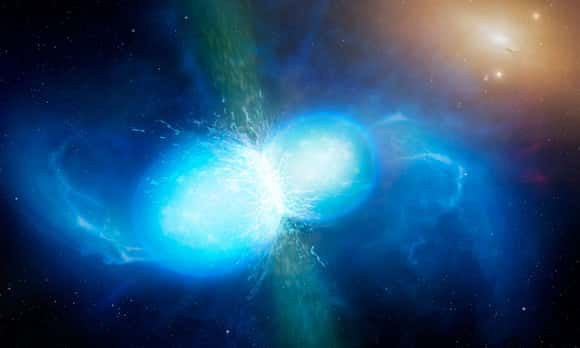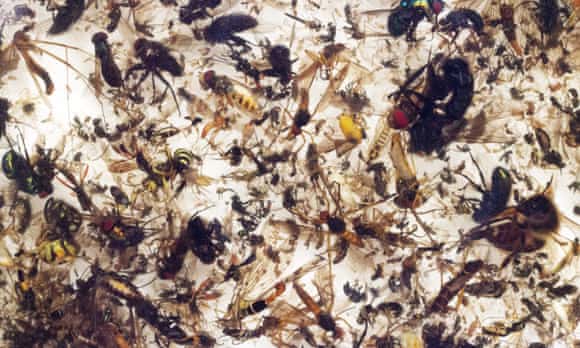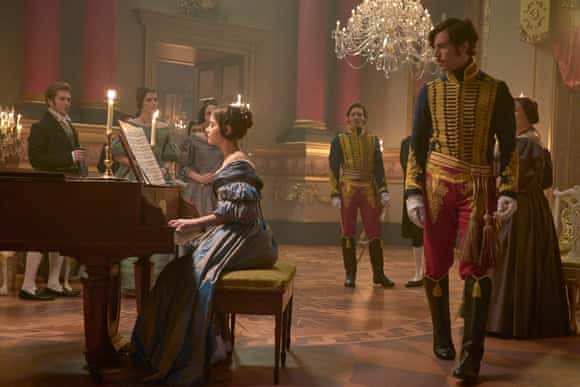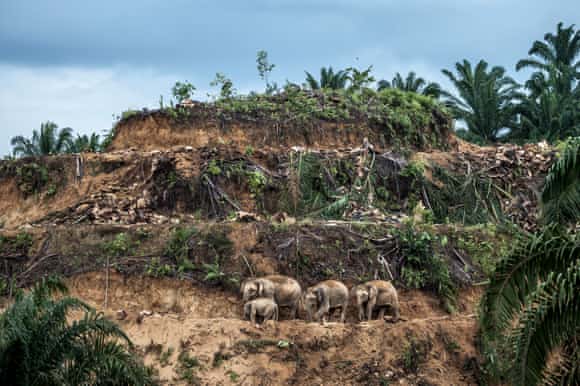 | Lab notes: neutron stars collide; sexism and syphilis – the week in science |  |  Artist's impression of two neutron stars colliding on Monday, an event 'seen' for the first time, in both gravitational waves and light. Photograph: University of Warwick/Mark Garli/PA
| Jake Brown
| This week's biggest stories A new frontier for science opened on Monday, when astronomers around the world witnessed neutron stars colliding – and resolved the debate about where gold and platinum come from. The extraordinary event, first picked up by the US-based observatory Ligo, in which the two ultra-dense stars spiralled inwards, violently collided and probably collapsed into a black hole, was "seen" for the first time, in both gravitational waves and light. In another first, Japan's space agency Jaxa announced that its Selene probe had come across a 54km-long chasm beneath the lunar surface that could be turned into an exploration base for astronauts. In a breakthrough for artificial intelligence, Google DeepMind has unveiled AlphaGo Zero, which took just three days to master the ancient Chinese board game of Go. Representing a leap from its 2015 predecessor, the program can learn without human input, and is a milestone on the road to general-purpose AIs working in medicine and science. Researchers explained the ability of whales and dolphins to learn, play and use tools applying the "cultural brain hypothesis" normally applied to humans. They argued cetaceans' intelligence developed, and their brains grew, as a way of coping with large and complex social groups. The acoustic design of theatres in Ancient Greece evolved to meet the cultural needs of a large group to hear the performance on stage. A study has made approximately 2,400 recordings at three sites, including the ancient theatre of Epidaurus, and concluded that the theatres' famed ability to convey a stage whisper to the cheap seats is a myth. More news from Guardian Science | Sign up to Lab notes ___ 'Ecological Armageddon' warning |  |  Flying insects caught in a malaise trap, used by entomologists to collect samples. Photograph: Courtesy of Courtesy of Entomologisher Verein Krefeld
| Three quarters of flying insects have vanished from nature reserves across Germany in 25 years, with serious implications for all landscapes dominated by agriculture, and all life on Earth. The cause is as yet unclear, although the destruction of wild areas and the use of pesticides are the most likely factors, and climate change may play a role. That the samples were taken in protected areas makes the findings even more worrying, researchers said. ___ Straight from the lab – top picks from our experts on the blog network |  |  A coppery rash … Victoria, with David Oakes as Ernest (right) and Jenna Coleman as Victoria. Photograph: ITV Plc
| ITV's Victoria illustrates how 19th-century sexism helped syphilis to spread | Notes & Theories If a husband infected his wife with syphilis or gonorrhoea, a doctor went to great lengths, usually at the behest of the husband, to conceal the cause of her illness. She would know that she was ill, but she wouldn't necessarily know that she had VD. Monday's gravitational wave observation is astronomical alchemy | Across the Universe The gravitational wave signal shows clearly that they were neutron stars not their larger cousins, black holes. Follow-up observations taken with ground-based telescopes showed astronomers the chemical fingerprint of the atoms in the debris, including significant quantities of gold. A day of xenon collisions at Cern | Life and Physics
Before it flies apart, this material is a plasma of quarks and gluons, the basic constituents of all nuclear material. Measuring the differences between lead collisions and xenon collisions may teach us more about this strange stuff. Visit the Science blog network
___
Science Weekly podcast – decisions, decisions
|  |  How the brain makes up its mind? Photograph: Nick Hanna/Alamy
| The International Brain Laboratory is an ambitious project that will combine scientific expertise from 21 labs across the globe, with the aim to bring us closer to understanding what goes on in the brain when we make decisions. Ian Sample speaks with two scientists at the heart of the project. ___ Eye on science – this week's top images |  |  Palm-oil Survivors by Aaron Gekoski, category winner for Wildlife Photojournalist: Single image. Photograph: PA
| The Natural History Museum, London, has announced the winners of its Wildlife Photographer of the Year competition. Two overall winning images have been selected from the winners of each category, depicting the incredible diversity of life on our planet. The 53rd exhibition opens at the museum on Friday. | | Guardian News & Media Limited - a member of Guardian Media Group PLC. Registered Office: Kings Place, 90 York Way, London, N1 9GU. Registered in England No. 908396 |
| | | |
No comments:
Post a Comment